Discover how Copper Ridge Mining achieved a 42% reduction in equipment downtime and $3.2M in annual savings through strategic preventive maintenance software implementation. Learn the proven methodology that transformed their operations in just 18 months.
How Preventive Maintenance Software Transformed Operations and Saved $3.2M Annually
In today's competitive manufacturing landscape, equipment reliability directly impacts profitability. Copper Ridge Mining's remarkable transformation demonstrates how strategic implementation of preventive maintenance software can revolutionize operations and deliver extraordinary ROI. Their journey from reactive maintenance chaos to predictive excellence offers a proven roadmap for US manufacturing professionals seeking similar transformational results.
This comprehensive case study reveals how a leading Arizona copper mining operation achieved a 42% reduction in unplanned downtime, eliminated $3.2M in annual costs, and transformed their maintenance culture within 18 months. More importantly, it provides actionable insights and proven methodologies that manufacturing companies can implement to achieve comparable results.
Ready to Transform Your Maintenance Operations?
Discover how preventive maintenance software can deliver similar results for your manufacturing operation.
Getting StartedBook a Demo
The Crisis That Sparked Transformation
Copper Ridge Mining operated one of Arizona's largest copper extraction facilities with 215 heavy equipment units working 24/7 in extreme conditions. By early 2023, they faced a maintenance crisis that threatened both profitability and safety. Their challenges mirror those facing many US manufacturing operations struggling with aging equipment and reactive maintenance approaches.
- 4-6 major equipment failures per week disrupting production
- 75% of maintenance was reactive, performed after equipment failure
- Paper-based systems with scattered maintenance records
- $11.82M annual impact from downtime and emergency repairs
- Average equipment age of 8.5 years with inconsistent maintenance histories
The company's maintenance team was trapped in a cycle of crisis management, working around the clock just to keep equipment operational. With no visibility into future failures and inconsistent maintenance procedures across shifts, they knew a fundamental change was necessary to survive and thrive.
— James Mitchell, VP of Operations, Copper Ridge Mining
Strategic Technology Implementation: A Comprehensive Approach
Copper Ridge Mining's solution involved implementing an integrated preventive maintenance platform that combined predictive analytics, IoT monitoring, and mobile accessibility. Their methodical approach demonstrates the importance of comprehensive planning and phased implementation for achieving maximum ROI.
Technology Stack Selection
The selected solution included cloud-based CMMS platform with AI analytics, mobile applications for field technicians, IoT sensor network with 200+ monitoring devices, and seamless ERP integration. This comprehensive approach addressed every aspect of maintenance management from prediction to execution.
18-Month Implementation Timeline:
- Months 1-3: Foundation phase including asset inventory, data migration, and core team training
- Months 4-6: IoT deployment with 200+ sensors and predictive analytics model training
- Months 7-12: Optimization phase with algorithm fine-tuning and process improvement
- Months 12-18: Full maturity achievement with complete transition to predictive maintenance
The phased approach allowed for continuous learning and optimization, reducing implementation risk while building confidence throughout the organization. Each phase delivered measurable improvements, maintaining momentum and stakeholder support throughout the transformation.
Measurable Results: Before and After Transformation
The implementation delivered remarkable results across all key performance indicators, fundamentally transforming Copper Ridge Mining's operational efficiency and financial performance. These metrics provide clear benchmarks for manufacturing operations evaluating similar initiatives.
| Key Performance Indicator | Before Implementation | After Implementation | Improvement |
|---|---|---|---|
| Unplanned Downtime (Hours/Month) | 425 hours | 245 hours | 42% reduction |
| Equipment Availability | 76.5% | 91.2% | 19% improvement |
| Mean Time Between Failures | 180 hours | 285 hours | 58% improvement |
| Preventive vs Reactive Maintenance | 25% / 75% | 72% / 28% | 188% improvement |
| Maintenance Cost per Operating Hour | $52.40 | $31.85 | 39% reduction |
- $1,950,000: Reduced unplanned downtime (180 hours/month saved)
- $680,000: Lower emergency repair costs and overtime labor
- $285,000: Optimized parts inventory and reduced waste
- $195,000: Extended equipment lifespan and deferred replacements
- $90,000: Reduced insurance premiums from improved safety record
Calculate Your Potential Savings
See how preventive maintenance software can transform your operations and deliver similar ROI.
Book a DemoKey Success Factors: What Made This Implementation Work
Copper Ridge Mining's success wasn't accidental—it resulted from strategic planning, strong leadership, and meticulous execution. Understanding these critical success factors is essential for manufacturing operations planning similar transformations.
1. Executive Leadership and Change Management
Strong leadership commitment provided unwavering support and necessary resources. The VP of Operations personally championed the project, while a comprehensive change management program addressed resistance and ensured 96% team adoption through regular communication, hands-on training, and peer champions on each shift.
2. Data Quality and System Integration
Significant effort was invested in cleaning and standardizing five years of historical maintenance data. This foundation proved critical for accurate predictive analytics, while seamless integration with existing SAP ERP system ensured the new software enhanced rather than disrupted existing workflows.
3. IoT Sensors and Predictive Analytics Success
The 200+ sensor network monitoring engine health, hydraulic systems, and structural integrity became the foundation for predictive maintenance capabilities. Two notable successes included preventing a $185,000 haul truck engine failure through vibration pattern analysis and extending hydraulic component life by 30% through temperature monitoring.
— Sarah Rodriguez, Maintenance Manager, Copper Ridge Mining
Future-Proofing Operations: Next-Phase Initiatives
Copper Ridge Mining's success has positioned them as leaders in smart mining operations, with ambitious plans for continued innovation. Their roadmap provides insights into the future of preventive maintenance technology and its expanding capabilities.
Planned initiatives for 2025-2026 include autonomous vehicle integration, advanced AI models with computer vision for wear pattern analysis, sustainability metrics with carbon footprint tracking, and supplier integration for automated parts ordering. Their long-term vision targets 50% downtime reduction, fully autonomous maintenance for routine tasks, and zero unplanned failures for critical equipment.
Total Investment: $910,000
Annual Savings: $3,200,000
ROI: 352% | Payback Period: 3.4 months
Results demonstrate the compelling business case for preventive maintenance software across manufacturing operations.
Conclusion: Your Path to Operational Excellence
Copper Ridge Mining's transformation from reactive maintenance chaos to predictive excellence demonstrates the transformational power of modern preventive maintenance software. Their 42% downtime reduction and $3.2M annual savings prove that strategic technology implementation can deliver extraordinary ROI while fundamentally improving operational efficiency.
For US manufacturing professionals managing complex equipment fleets, this case study provides a proven roadmap for achieving similar results. The key lies in comprehensive planning, strong leadership commitment, quality data foundation, and phased implementation approach that minimizes risk while maximizing adoption.
The question isn't whether preventive maintenance software works—Copper Ridge Mining has proven it does. The question is how quickly your organization can implement similar solutions to gain competitive advantage and achieve operational excellence. The companies that act now will lead tomorrow's manufacturing landscape.
Start Your Transformation Journey Today
Join industry leaders achieving remarkable ROI through strategic preventive maintenance software implementation.
Getting StartedBook a Demo
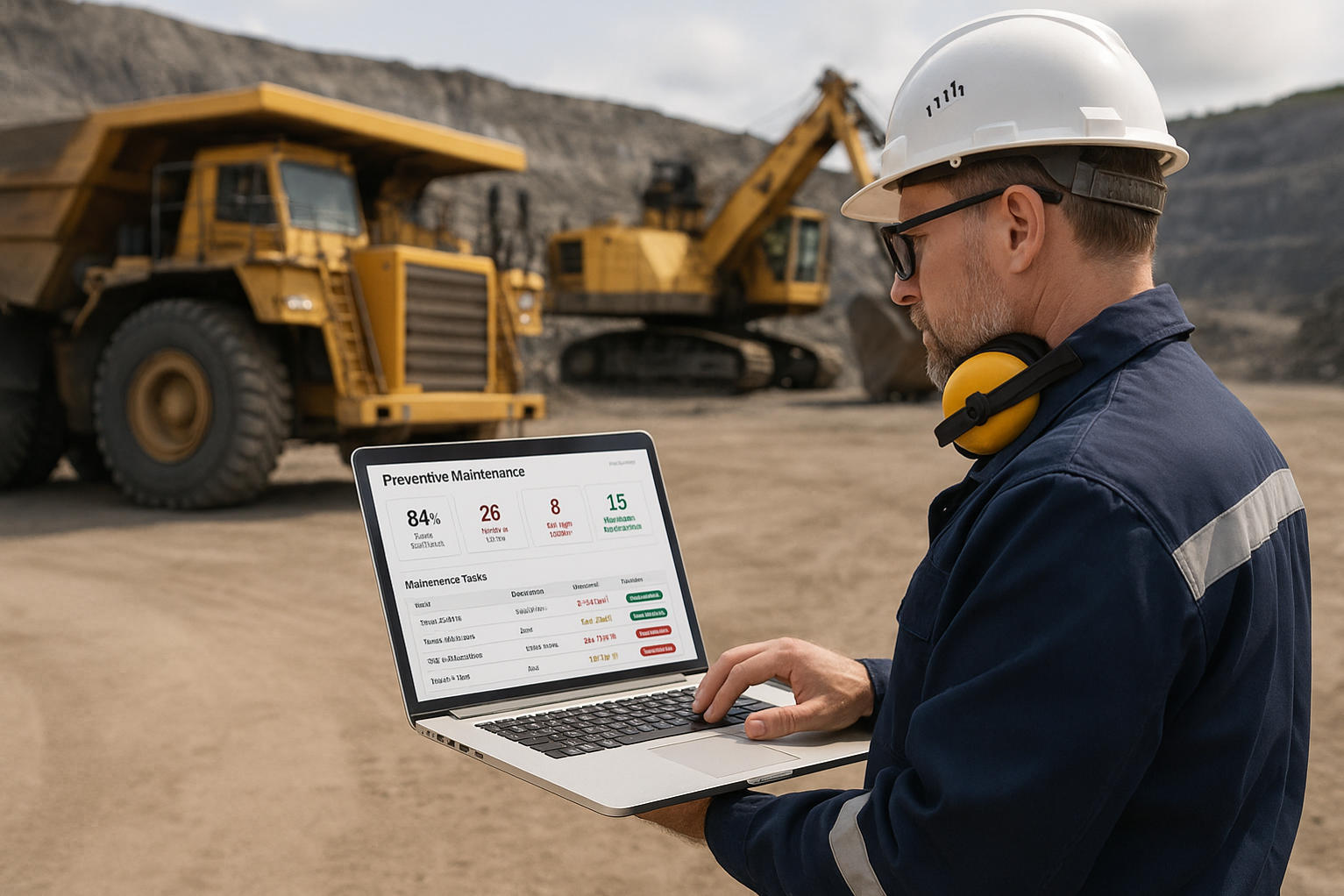

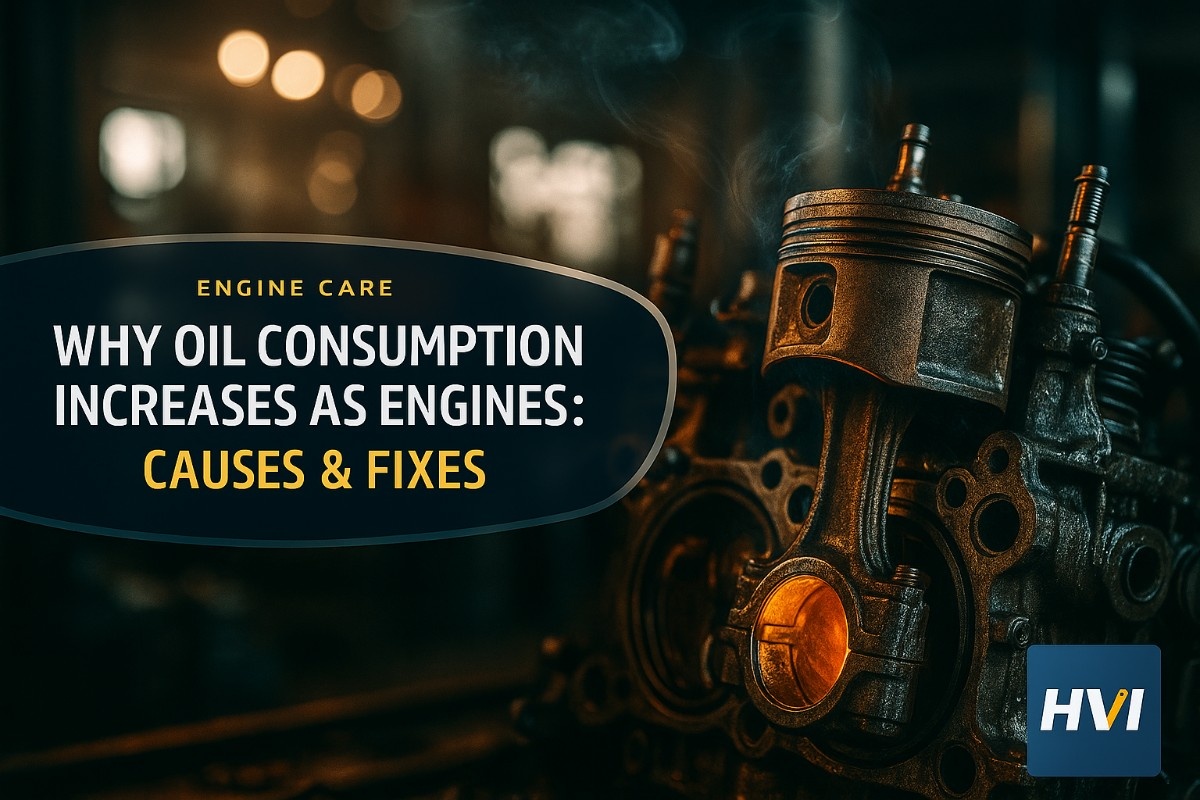
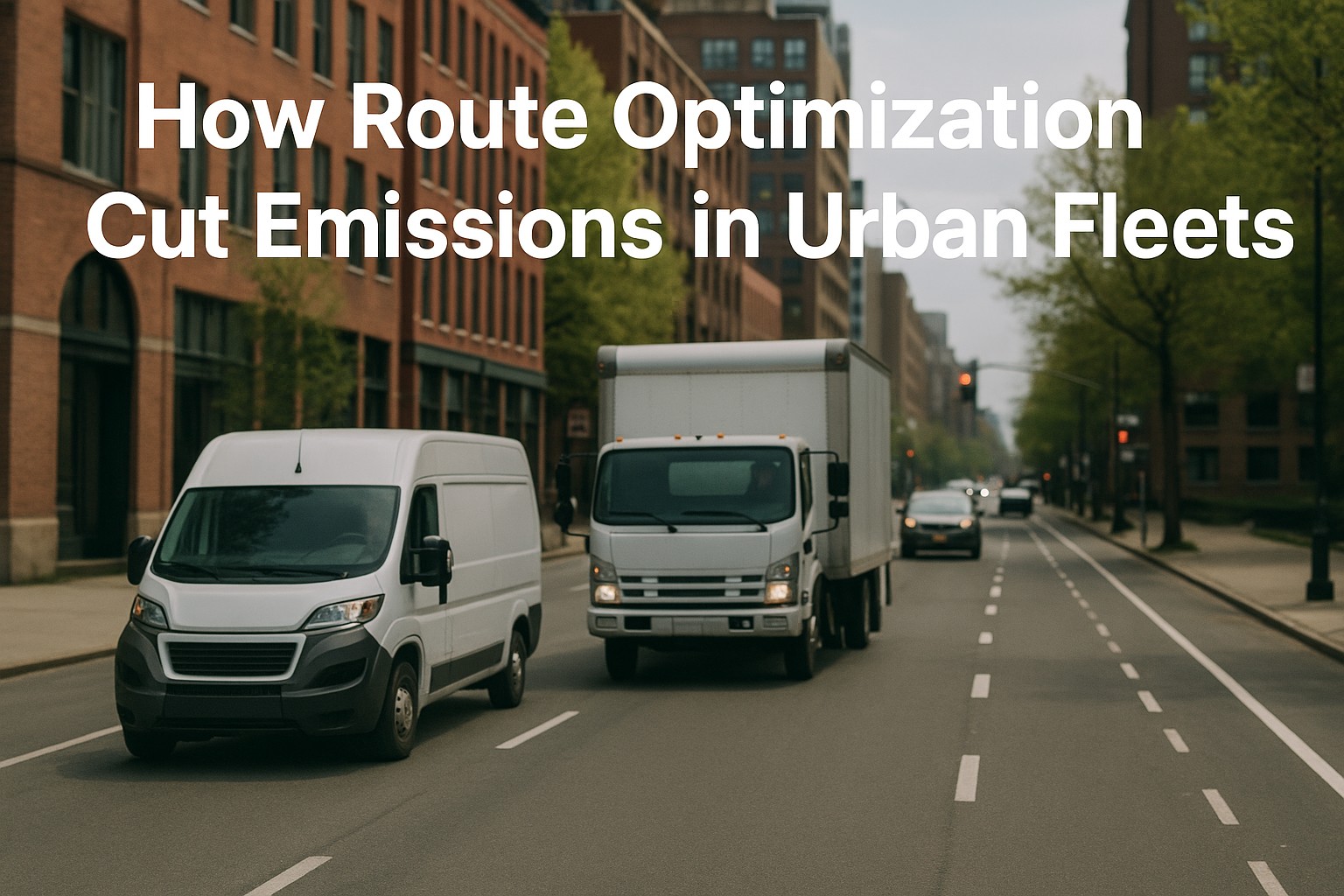
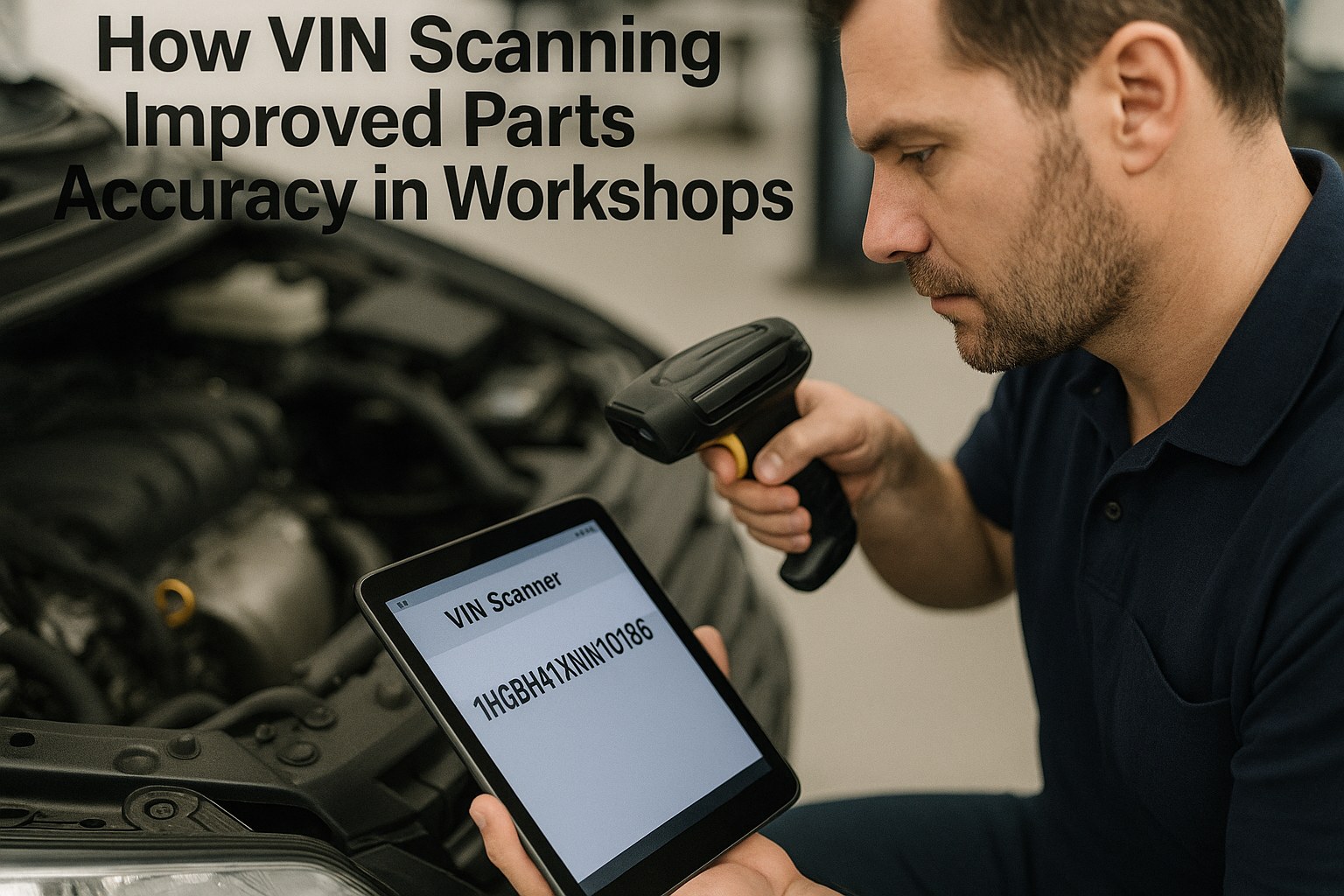
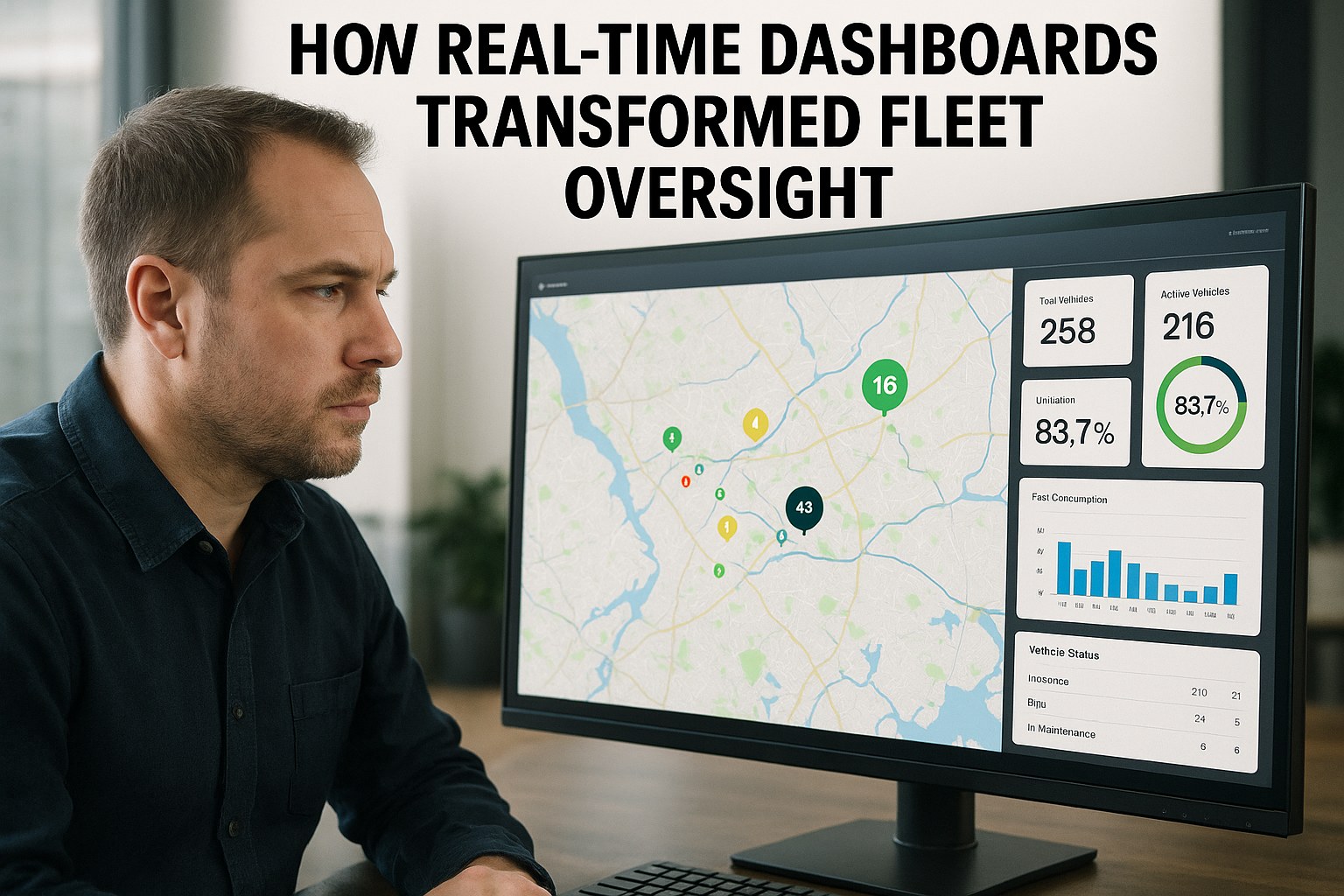

.png)
.png)
